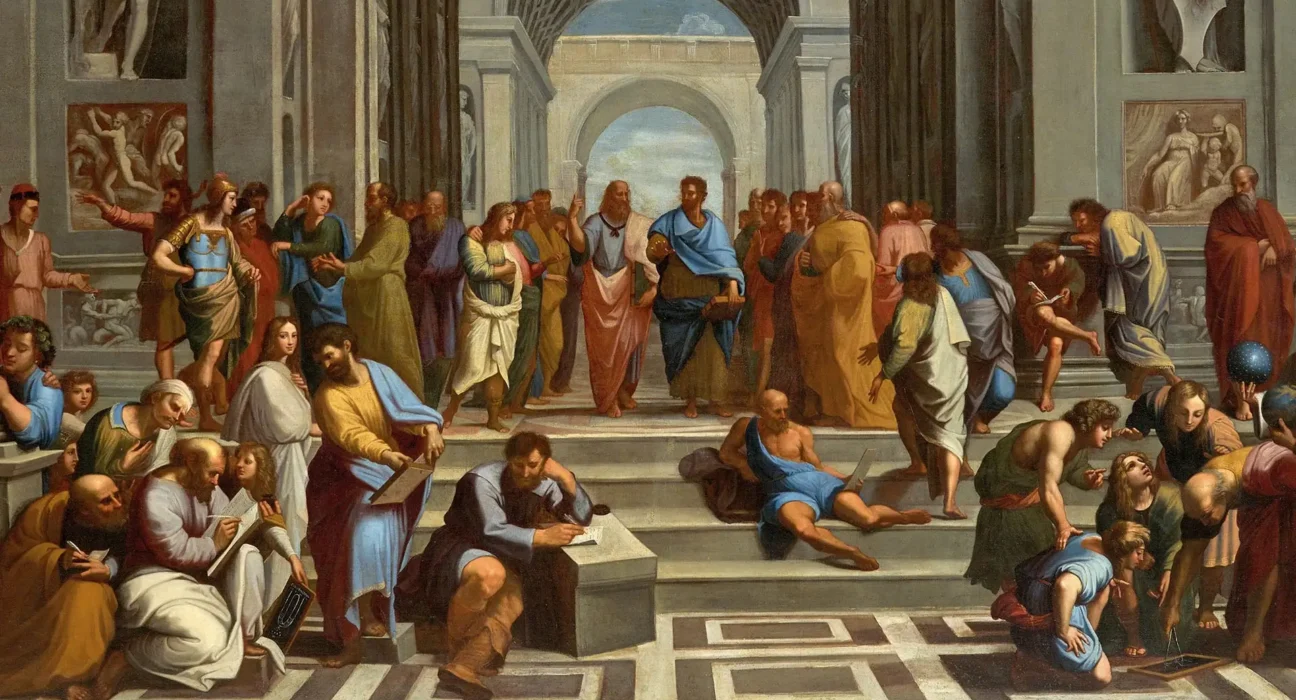Ancient art is one of humanity’s earliest forms of expression, capturing stories, beliefs, and emotions through images, sculptures, pottery, and monuments. This art form, referred to as “Ancient Artz” here to highlight the timeless allure of these works, offers a unique window into ancient civilizations’ lives, philosophies, and values. Let’s dive into the world of Ancient Artz, exploring its origins, significance, and lasting impact.
The Origins of Ancient Artz
Ancient art dates back tens of thousands of years, with early examples seen in prehistoric cave paintings and carvings. These first expressions of art aimed to capture life, natural events, and often, spiritual experiences. For instance, the vivid depictions of animals and hunting scenes found in caves like Lascaux in France and Altamira in Spain give us insight into the daily life and beliefs of early human societies.
Ancient Artz Across Cultures
The term “Ancient Artz” encompasses a wide variety of art forms from diverse cultures. Each region and civilization brought a unique approach to art, shaped by its environment, resources, and beliefs. Let’s explore a few iconic ancient cultures and the art forms they left behind.
1. Egyptian Art
- Characteristics: Ancient Egyptian art is known for its distinctive style, focusing on symmetry, symbolism, and scale. Artists used a strict form of proportion, with heads and legs shown in profile, while the torso and eyes are viewed from the front.
- Examples: The Pyramids of Giza, the Great Sphinx, and the detailed wall paintings in tombs depict deities, pharaohs, and mythological scenes, celebrating the concept of the afterlife.
2. Greek Art
- Characteristics: Ancient Greek art evolved from stylized figures to highly realistic representations, especially in sculpture. It emphasized balance, harmony, and idealized human forms, embodying the cultural emphasis on beauty and intellect.
- Examples: Famous works include the Parthenon, sculptures like the Venus de Milo, and intricate pottery, each celebrating gods, athletes, and heroes from Greek mythology.
3. Mesopotamian Art
- Characteristics: Mesopotamian art, from the region known as the “cradle of civilization,” often portrayed royalty, gods, and everyday life in striking reliefs and carvings. This art provided both a historical record and a spiritual message.
- Examples: The Stele of Hammurabi, which contains one of the earliest sets of laws, and intricate cylinder seals used to mark documents and goods, are essential artifacts from this era.
4. Indian Art
- Characteristics: Ancient Indian art blended religious themes with complex symbolism. It included sculptures of deities, decorative temple carvings, and early paintings that illustrated spiritual and philosophical teachings.
- Examples: The elaborate carvings on temples like those at Khajuraho, Buddhist stupas such as Sanchi, and the sculptures of gods like Shiva and Vishnu represent the depth of Indian spiritual art.
5. Chinese Art
- Characteristics: Chinese ancient art emphasizes harmony with nature, a respect for ancestors, and philosophical principles. Much of it features intricate designs, detailed landscapes, and symbolic motifs.
- Examples: The Terracotta Army, representing Emperor Qin Shi Huang’s army, and traditional Chinese scroll paintings showcase the importance of unity, respect, and the afterlife.
Symbolism and Meaning in Ancient Artz
Ancient Artz was not merely decorative; it was deeply symbolic. Each piece often held a specific meaning or was intended to communicate something to the viewer or to the gods. For instance, the lotus flower in Egyptian and Indian art symbolizes purity and rebirth, while birds often represented freedom or divine messengers.
Techniques and Materials of Ancient Artz
The techniques used by ancient artists were diverse and innovative. They worked with locally sourced materials, from stone and clay to bronze and precious metals. Common techniques included:
- Carving and Sculpture: Used extensively in Egyptian, Greek, and Indian art, carving created statues, reliefs, and architectural details.
- Pottery and Ceramics: Ancient Greece and China were especially known for their pottery, which was often painted with intricate scenes and decorative patterns.
- Mural Painting: Wall paintings in Egyptian tombs and Roman villas captured everyday scenes, gods, and myths.
- Metalwork: Civilizations like Mesopotamia crafted intricate jewelry, tools, and statues, often in gold and silver.
The Cultural Legacy of Ancient Artz
Ancient Artz continues to inspire and influence modern art, architecture, and design. The symmetry and scale of Egyptian and Greek architecture are echoed in modern buildings, while ancient symbolism appears in contemporary jewelry, tattoos, and home decor. Museums around the world display these ancient treasures, keeping the legacy of Ancient Artz alive for new generations.
Conclusion
Ancient Artz offers a profound glimpse into the distant past, showing us that creativity, symbolism, and the need for self-expression are universal. From the painted caves of prehistoric France to the temples of ancient India, these artworks connect us across time, reminding us of our shared human experience. Whether seen in a museum or studied in history books, ancient art’s enduring impact will continue to influence and inspire for centuries to come.











